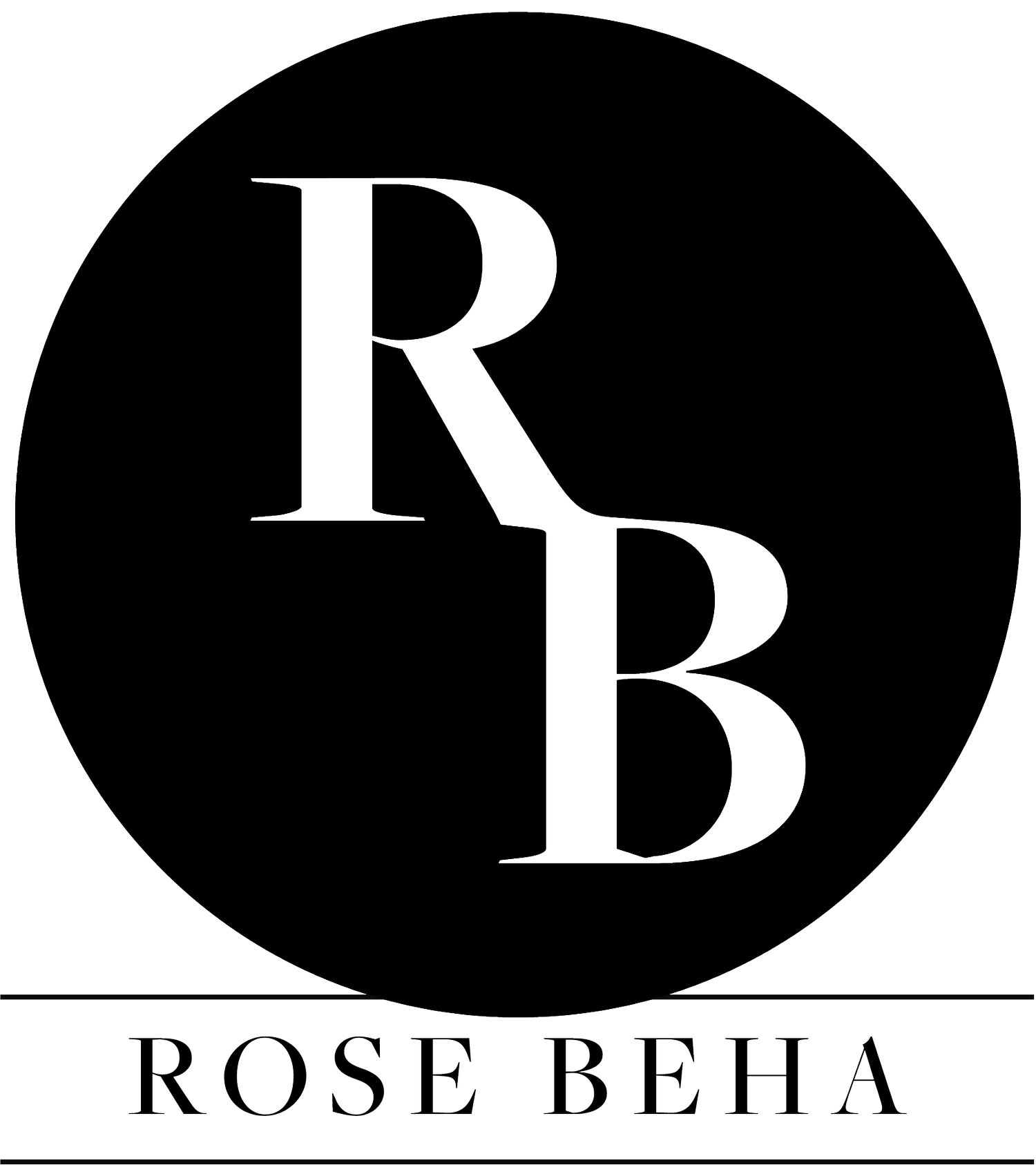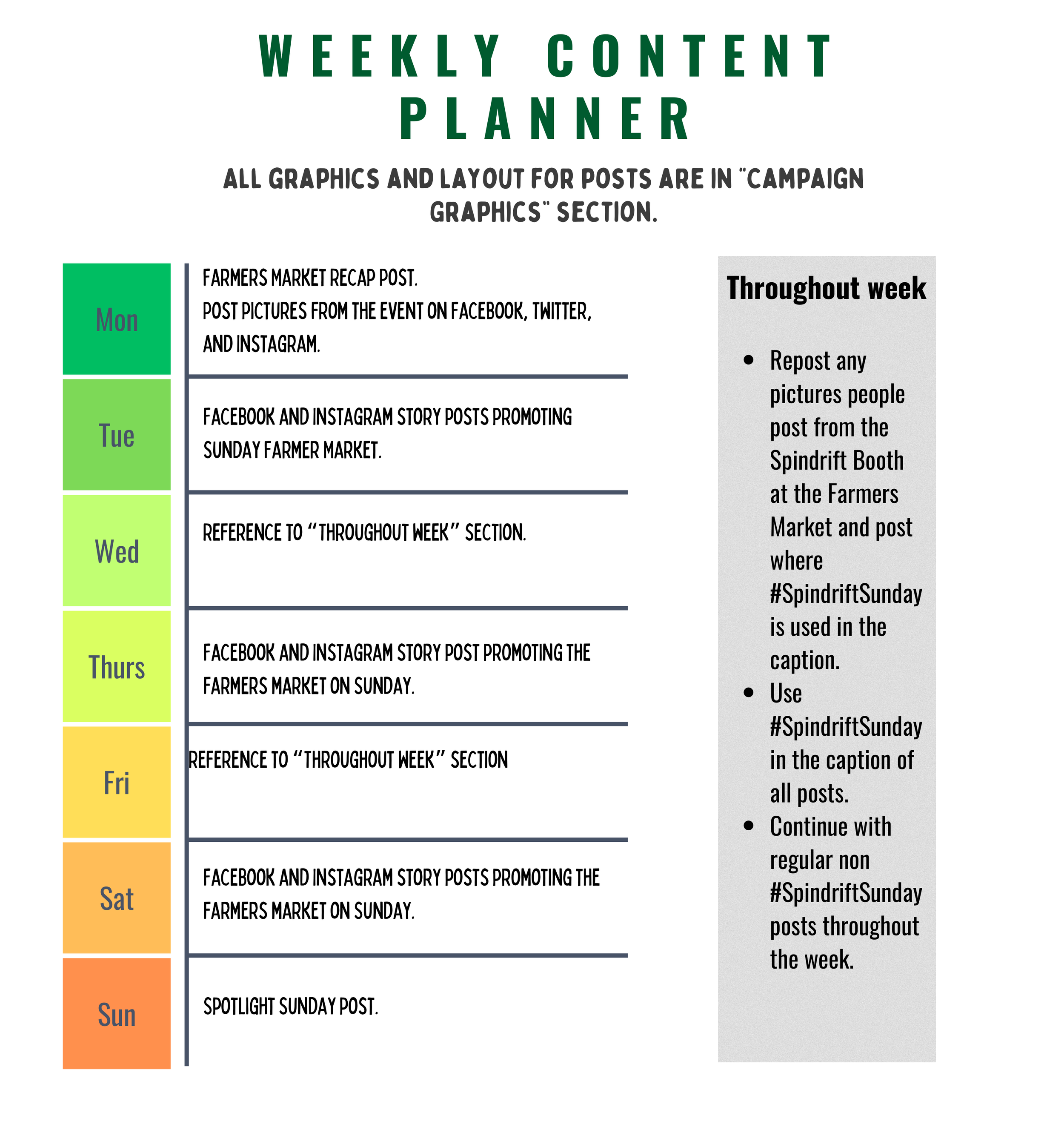
Case Study: Strategic Brand Campaign
Spindrift
PROJECT BRIEF
In the competitive flavored sparkling water market, standing out is essential. Spindrift distinguishes itself by using real, freshly squeezed fruit sourced directly from farms it has close relationships with. By emphasizing its support for local and family-owned businesses, Spindrift enhances brand recognition among target consumers.
Situational Analysis
THE CLIENT
Client Summary Spindrift, founded by Bill Creelman in Boston in 2010, is a private company. Creelman noticed the lack of good, healthy soda options with real fruit, prompting him to create his own line of "real fruit sodas.” Originally sold in local markets, the brand quickly gained popularity, especially among millennials, and is now available nationwide in restaurants and select stores. With 8 permanent and 3 seasonal flavors, Spindrift also introduced "Spindrift Spiked," an alcoholic line featuring 8 flavors.
Current Resources Since its launch in 2010, Spindrift has experienced remarkable sales and revenue growth. Between 2016 and 2018, sales surged by 800%, followed by a notable 125.7% increase in dollar sales in 2019.
Stakeholders Spindrift has 8 investors and the total funding from these investors is 73.5 million dollars. As of Spring 2023, Spindrift has an annual revenue of 47.6 million and has 161 employees.
EXTERNAL FACTORS
Industry Summary The sparkling water industry is rapidly expanding, with the market projected to grow significantly in the coming years. According to an industry report, the “sparkling water market was valued at USD 32.3 billion in 2021 and is expected to reach USD 93.8 billion by 2030,” and Spindrift is one of the “Key Companies” in the industry. The industry's growth is fueled by health-conscious consumers, particularly Gen Z and Millennials in America and Europe, seeking healthier beverage options. The pandemic further boosted demand for bottled and canned sparkling water during periods of isolation at home. Approval from the American Dental Association regarding its teeth-friendly nature has also driven its popularity as an alternative to traditional soda. Spindrift demonstrates environmental consciousness by donating 1% of profits to environmental causes and employing eco-friendly packaging materials such as aluminum cans and cardboard. Efforts are underway to minimize the use of shrink wrap, aligning with sustainability goals.
Government or Societal Influences There is an overall growing trend of people being concerned about their health, and the pandemic only increased this “as seven in 10 agree that they’ve become more aware of how they treat their body since the pandemic began.” This trend influences Spindrift's sales and brand positioning, as sparkling water is viewed as a healthier alternative to traditional sodas like Coke and Pepsi. Spindrift distinguishes itself by using real fruit juice and no added sugars, catering to health-conscious consumers. Additionally, their direct collaboration with farms for ingredient sourcing aligns with the growing consumer demand for ethical production. However, challenges arise, such as supply chain disruptions due to factors like extreme weather events. For instance, a heatwave in the northwest led to a shortage of raspberries, impacting Spindrift's popular Raspberry and Lime flavor. Furthermore, a recent class action lawsuit alleging false ingredient labeling poses a threat to the brand's credibility and consumer trust.
COMPETITION
Direct Spindrift's direct competitors are La Croix, POPPI, ICE, and Bubly. They all produce flavored sparkling water with low or zero-calorie content.
Indirect Spindrift faces indirect competition from unflavored sparkling water brands such as Voss and San Pellegrino, as well as major soda brands like Coca-Cola and Pepsi. Additionally, water flavor concentrates like Stur, Mio, and Crystal Lite represent another segment of indirect competition, offering consumers control over the flavor intensity in their beverages.
EXTERNAL FACTORS
Promotional/IMC The client utilizes various promotional methods across multiple platforms. They engage dedicated customers, termed "Spinfluencers," who receive early access to new Spindrift flavors as a reward for consistent support. These Spinfluencers, chosen from among loyal fans, receive products before public release to share their feedback on social media. Additionally, the brand utilizes paid advertising on TikTok and Instagram, and maintains its own channels featuring behind-the-scenes content. Their larger-scale promotions include a campaign featuring celebrity Kristen Bell, who highlights the product's simplicity and authenticity.
POEM Spindrift utilizes three main types of media: paid, owned, and earned media (POEM). Paid efforts include campaigns featuring Kristen Bell and social media advertising on platforms like TikTok and Instagram. Owned media consists of their social media channels and website. Earned media encompasses coverage from "Spinfluencers" and health-based news sources that have featured Spindrift
Competition LaCroix, a key competitor of Spindrift, invites consumers to share their experience with the hashtag "#LaCroixLove" for a chance to be featured on their page. While resembling Spindrift's "Spinfluencer" program, Spindrift goes further by rewarding participants with exclusive insights and occasional free products, resulting in more effective and engaging promotional efforts. The brand "Bubly" demonstrated a significant investment in paid advertising, including a Super Bowl ad in 2019, indicating a higher spending level compared to Spindrift.
SWOT
Campaign Pitch
Campaign Materials
PRESS RELEASE
WEEKLY CONTENT CALENDER
EMAIL FOR SPINFLUENSTERS
CAMPAIGN GRAPHICS










